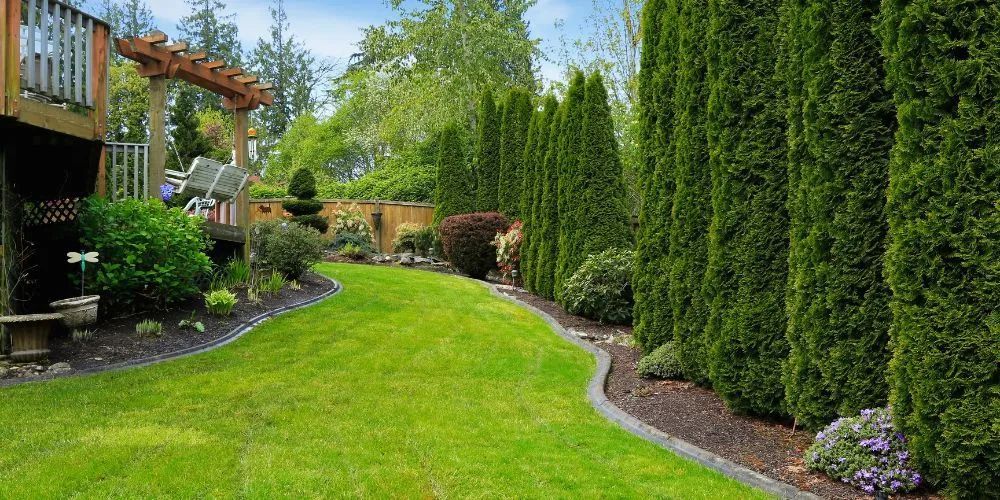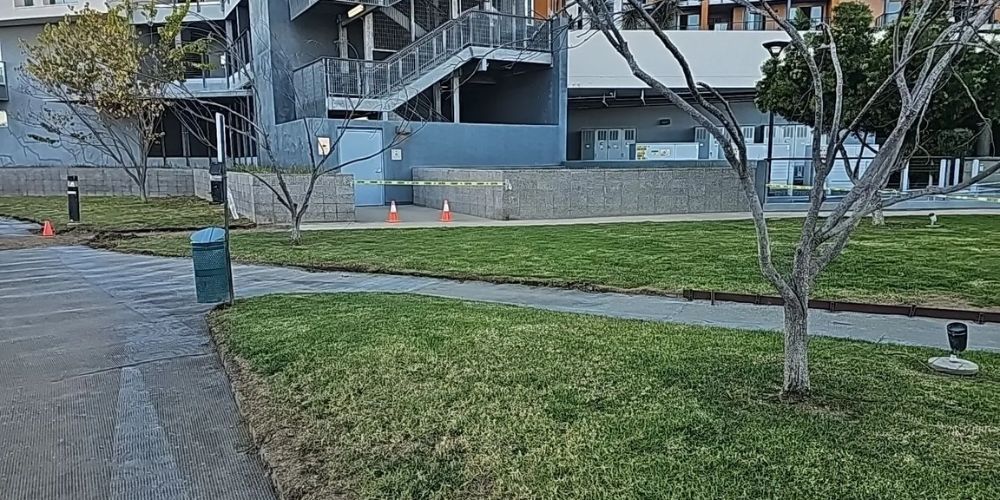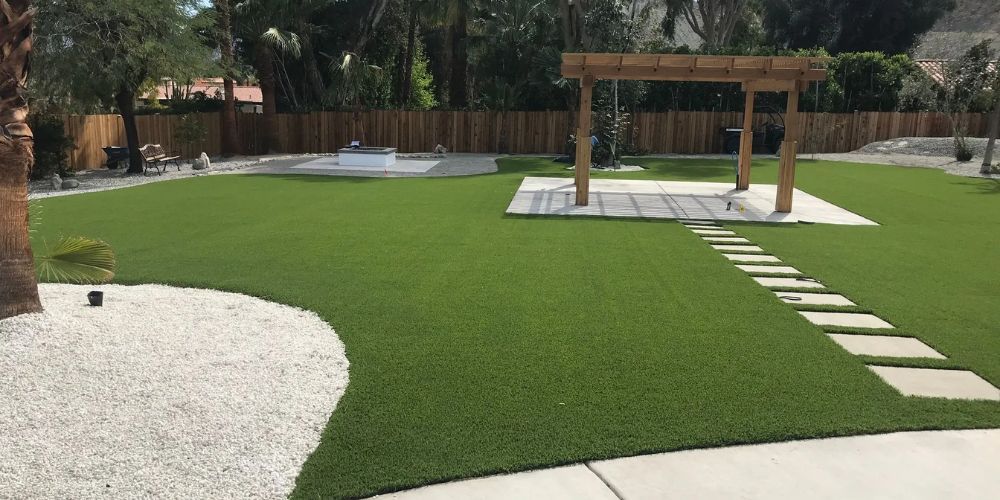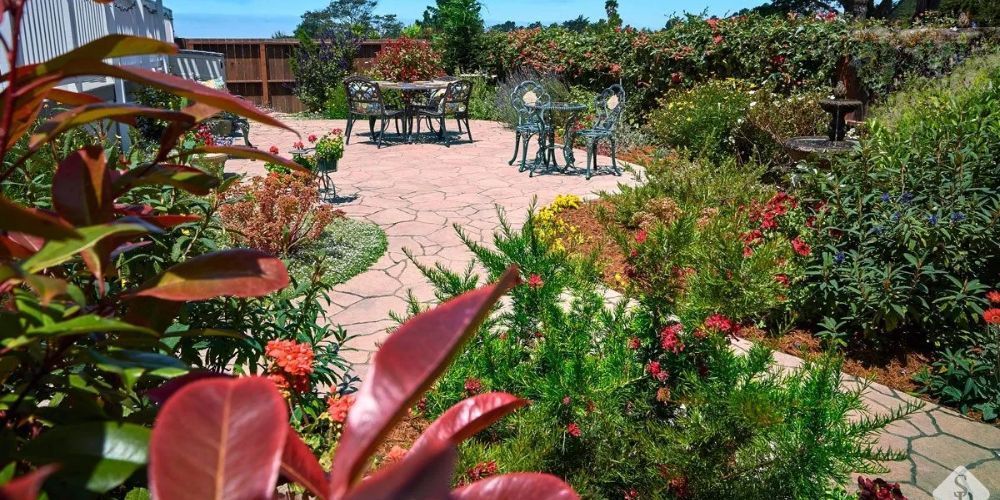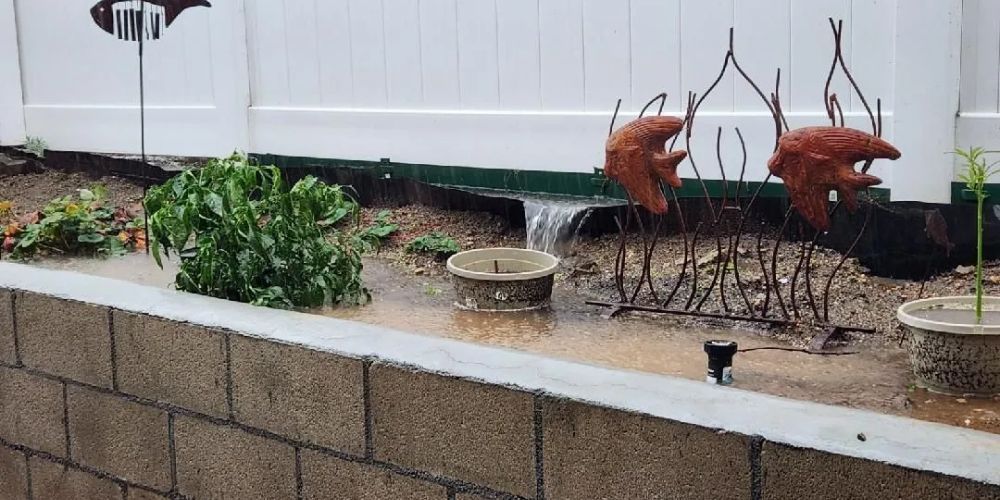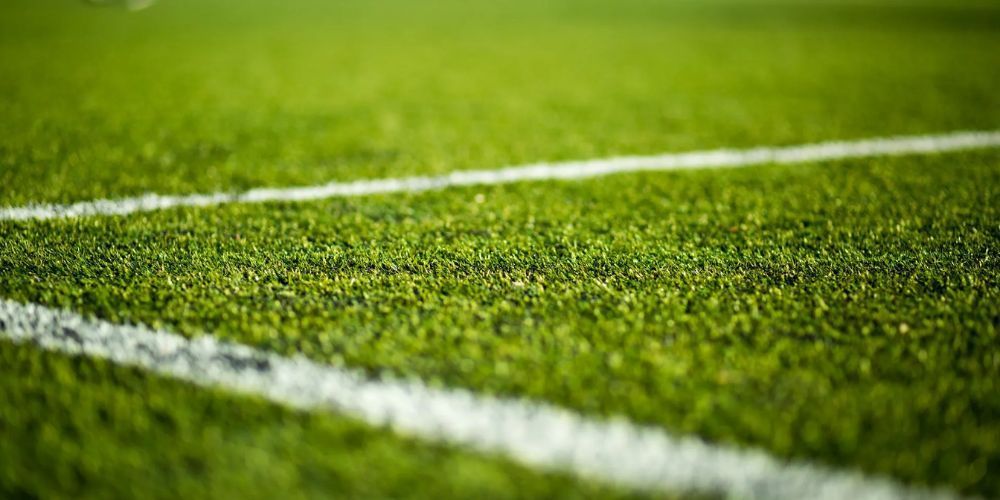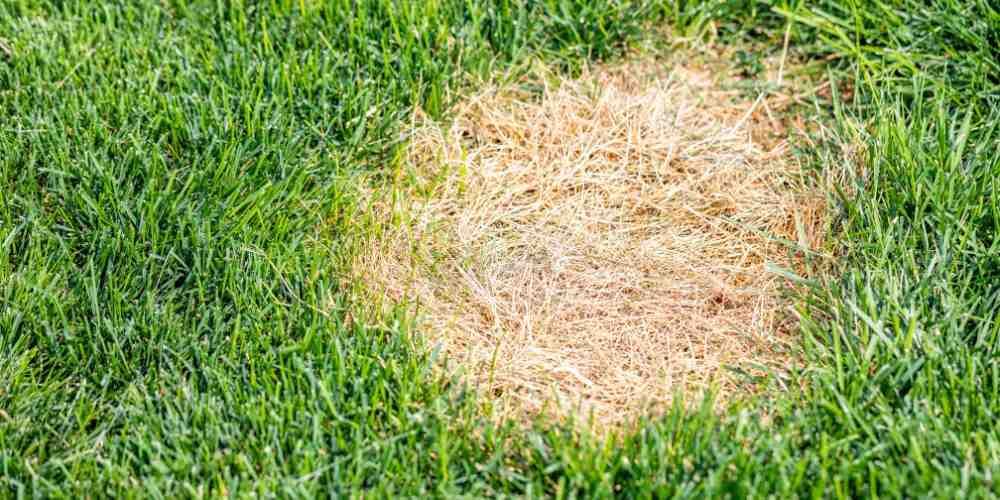How To Fix Standing Water in Your Yard?
Standing water destroys a backyard's beauty. Besides being a mess, puddles may cause bigger problems, like attracting pests and damaging plants. That is where proper drainage comes in. A well-drained yard will allow water to run off naturally, preventing unwanted pooling and helping your lawn survive.
Poor yard drainage can drown your plants, carry away the soil, and leave your lawn a swampy mess after every rainfall. Whether you've got a little water puddle or a more general problem, yard drainage correction should be a priority. Let's explore why water gets trapped in your yard and how to fix it, ensuring that your backyard remains beautiful, functional, and ready for any season.
Causes of Standing Water
Standing water in your yard might be caused by several factors, each of which has different ways of handling rain or irrigation on your lawn. Among the most prevalent causes is poor soil drainage. Clay-heavy soil, for example, can hold onto water wells and properly resist any permeation through the ground.
Other possible causes could be improper yard grading, in which water runs toward any depressions and does not drain away but instead starts accumulating. Heavy rainfall or overwatering can also reduce the soil's capability to soak up the water quickly, leaving puddles in their wake. Compaction of soil from heavy foot or construction traffic may block water from getting far down into the soil.
Incorrect slope and not having water channels can lead to excess water puddling around your patio or driveway. If you see standing water around the surface edges, install a trench or channel drain to help move the water along. Adding a decorative gravel edge or border will also help water drain away.
Health Risks of Standing Water
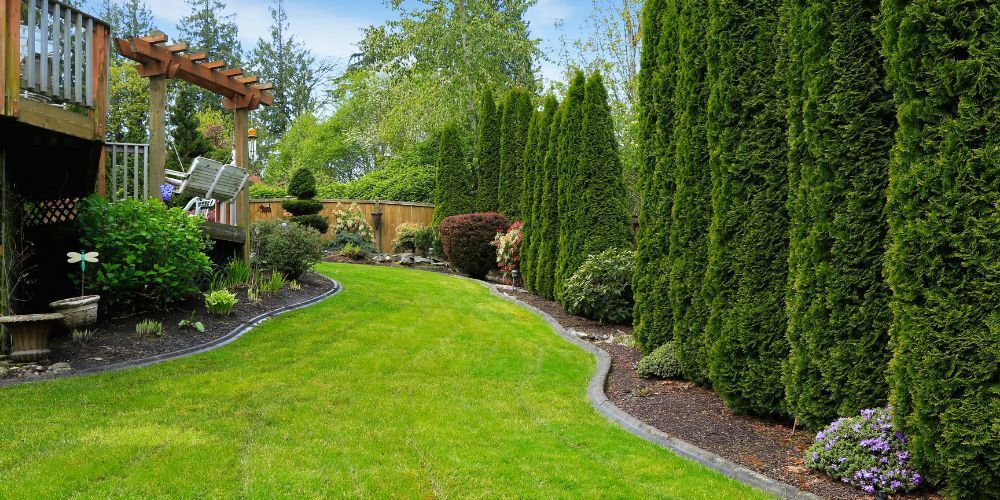
Standing water in your yard is not just an eyesore; it also creates a great health hazard. One significant factor is that this kind of water becomes home to mosquitoes, carriers of hazardous health disturbances like the West Nile virus and Zika virus. These insects multiply swiftly in still water, making your yard uncomfortable and unsafe to stay inside or around.
Moreover, standing water could become a breeding site for other insects, such as flies and rodents, that carry bacteria and germs that may spread diseases. Mold and mildew also grow in continuously damp areas, which may trigger respiratory problems among allergic or asthmatic individuals.
5 Ways To Get Rid of Standing Water
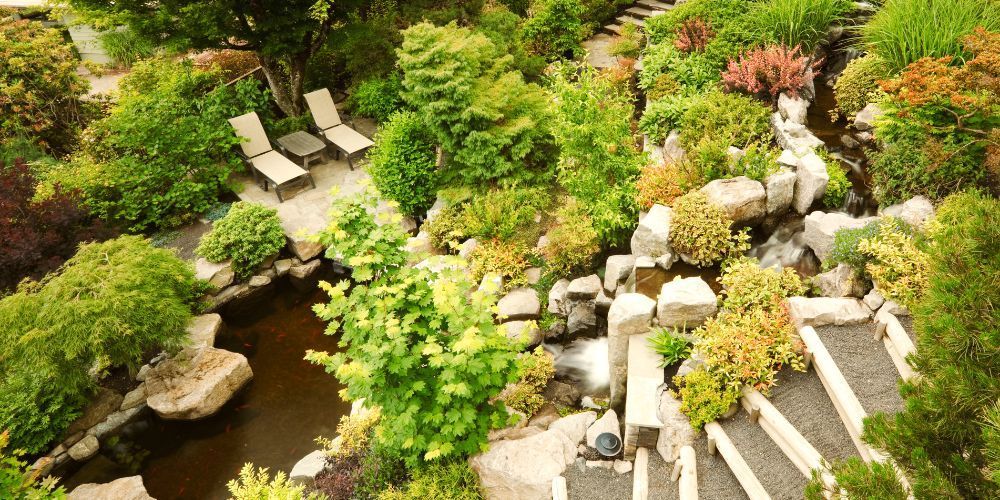
Install a French Drain:
A French drain system is one of the most popular and effective methods for managing yard drainage. It consists of a trench filled with gravel or rock and a perforated pipe that redirects water away from your yard.
Aerate Your Lawn:
Aeration breaks down compacted soil, allowing water to penetrate deeper into the ground. This simple method increases the soil's absorption over time and improves drainage.
Grade Your Yard:
Regrade the surface of your yard to ensure the water flow leads outside of your home and does not accumulate on low surfaces. This usually involves reshaping the surface to direct the water flow toward the drainage.
Install a Rain Garden:
Excess water collects and infiltrates the rain garden, which consists of a mixture of native vegetation and soil layers that filter the water naturally. The garden relaxes its flow to prevent pooling and ensure healthy drainage.
Fix Gutter and Downspout Issues:
Ensure your gutters and downspouts are cleaned and directed correctly to send water away from your home. When either is clogged or misdirected, water will begin to pool in your yard.
Also Read: Understanding Common Yard Drainage Issues and Solutions
Conclusion
Standing water in your yard is more than a cosmetic issue; it's essential to maintain your lawn's health and ensure your family's safety. You will be able to remove standing water and avoid future problems by understanding the causes-sometimes because of poorly drained soil or poorly graded yards-and with solutions such as French drains, rain gardens, and lawn aeration.
That is where Landtech Scenery Inc. comes in, a yard drainage specialist with years of experience in landscape drainage solutions. Let Landtech Scenery, Inc. assess your yard's particular needs and offer specific solutions to keep it dry and beautiful. Let them transform this area into a functional, safe environment that will be enjoyable for many years.
Frequently Asked Questions
How do I drain water from my yard?
Consider installing a French drain, regrading your yard, or amending your soil to aerate it and allow water to move away efficiently.
Why is there lots of standing water in my yard?
Standing or still water is mainly caused by imperfect drainage conditions, yard grading, or blocked water gutters and downspouts.
Is it a low spot in the yard that can just be landscaped so it drains?
Yes, re-grading or landscaping low spots can help water drain off properly so that standing water does not collect.
How to fix poor drainage in the yard?
To facilitate water movement, improve drainage with French drains, aerate the soil, regrade, or add rain gardens.
